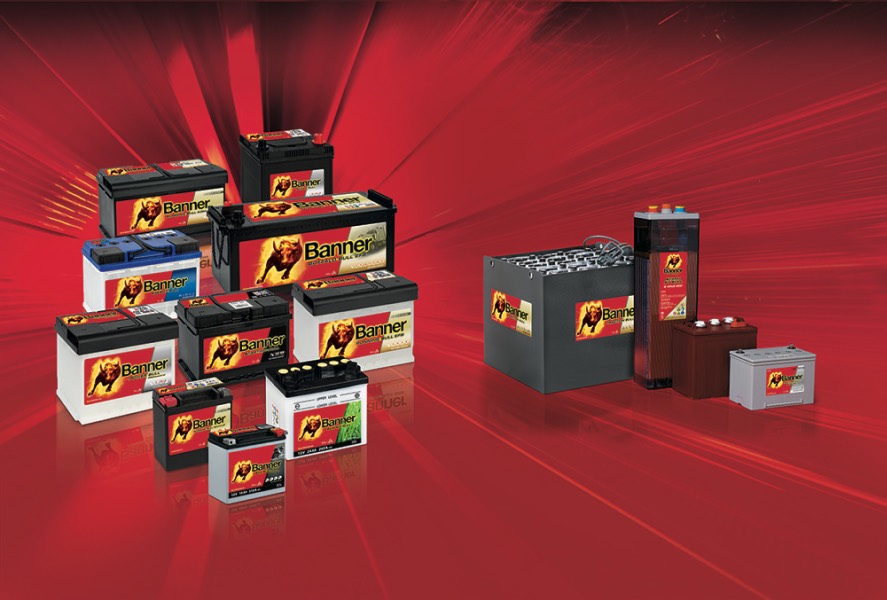How Much Do You Know About the UK Law and Your Tyres?
You know just how important your tyres are, as they’re the only part of your vehicle that’s in contact with the road surface. These components deserve special attention and even legal protection as a result of their unique role, so you need to know all about the UK’s laws around vehicle tyres.
You need the right tyres for your car
You must have the right tyres for your car and also have them inflated to the correct pressures as laid out by the manufacturer.
It’s also vital – legally and for your safety – that you have a minimum tread depth of 1.6mm across the central three-quarters of the entire circumference of the tyre.
This is a legal limit, however. Safety experts and tyre manufacturers recommend that tyres are replaced when the tyre treads reach 3mm, as it’s when they’re shallower than this that braking distances start to increase alarmingly rapidly. For example, if you have a tread depth of 1.6mm and you’re driving in wet weather, it takes an extra eight metres to stop from 50mph than it does if you have a tread depth of 3mm. This is with legal treads, remember…
It’s not just about the tread depths
Your tyres should have at least 1.6mm of tread depth, but they should also be free from defects or damage. Look out for bulges, lumps or any other distortions which could indicate that the structure of the tyre is damaged. If you see any tears or cuts longer than 25mm or 10% of the tyre’s width, your tyre might not be legal to drive on. Your tyre may also be illegal if you can see any exposed cord, ply or wire.
Keeping a close eye on your tyres can save you money and trouble
Checking your tyres over regularly can help you to spot any minor issues before they become larger and potentially dangerous. You can face fines of £2,500 – per tyre – as well as three penalty points per tyre for using tyres that don’t fulfil the minimum legal standards.
Don’t mix your tyres up
You also have to make sure that you’re not using tyres of different construction types on the same axle. There are two main types of tyre – radial and cross-ply – and you mustn’t mix them on the same axle.
It’s OK to mix different brands and patterns of tyre as long as they have the same construction, although you might want to run your choices past an experienced mechanic if you’re not sure about them.
More about your tread depths
It’s very important to know how much tread depth you have left on your tyres. The easiest way to check is by looking out for the tread-wear indicators set into the tyre’s main treads. These are bars or blocks of tyre rubber set into the main grooves along the contact patch of the tyre. These indicators have a lower profile than your main contact patches, so once your treads are flush with them, it’s probably time for your tyres to be replaced.
You can also try the 20p test
Another way to test your tread depth, if you don’t have wear indicators or you’re still unsure, is to perform the 20p test. The raised outer rim around a 20p piece is just under 3mm wide, so if you can’t see this rim when you insert the coin into your treads, they’re at least 3mm in depth and therefore well within legal parameters.
If you’re ever in doubt about your tyres and their roadworthiness, head to a reputable garage
Many garages will perform a free tyre check to make sure you’re using the right pressures and to look for worn treads or other defects. You can easily find a trustworthy garage by using AutoAdvisor so that you know you’re getting good advice and help.
The easiest way to find the best mechanic for your needs.
Other Articles

Have you bought a Covid Car? The semiconductor shortages during the COVID-19 pandemic had a significant impact on the automotive industry, leading to several notable changes and omissions in the production of cars. Vehicles built during this period (Covid Cars) often had to forego certain features and technologies that rely heavily on semiconductors. Depending on […]
Have you bought a Covid Car? The semiconductor shortages during the COVID-19 pandemic had a significant impact on the automotive industry, leading to several notable changes and omissions in the production of cars. Vehicles built during this period (Covid Cars) often had to forego certain features and technologies that rely heavily on semiconductors. Depending on […]

Combustion engines require a nearly constant temperature level in order to ensure low-wear, low-emissions operation whilst maintaining efficiency. In addition to the thermostat, the thermal switch critically contributes to temperature regulation. When the appropriate engine operating temperature is reached, this component controls the fan for the cooling circuit to start up, for example. As with […]
Combustion engines require a nearly constant temperature level in order to ensure low-wear, low-emissions operation whilst maintaining efficiency. In addition to the thermostat, the thermal switch critically contributes to temperature regulation. When the appropriate engine operating temperature is reached, this component controls the fan for the cooling circuit to start up, for example. As with […]



